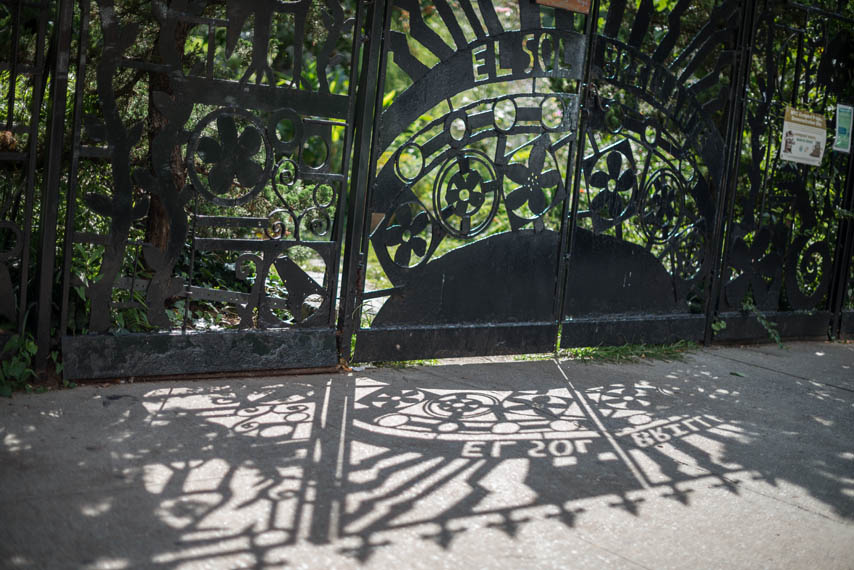
Garden Sign
Visitors Welcome
- Visitors Welcome
- Children must be closely supervised
- No visitor dogs allowed
- Please stay in the paths
ABOUT
Garden Guidelines
Garden Meetings
- Alternate between a weeknight and a weekend.
(3/15/2020, until further notice, garden meetings will be held online) - At least two weeks notice must be given before each meeting.
- Meeting notice will be emailed and posted on the garden gate.
(Meeting notices by email will include an agenda; items not on the agenda can be submitted by replying to those emails.)
Garden Rules & Guidelines
(The Garden Rules & Guidelines are posted in the garden on the toolshed.)

Things To Do
Garden Activities
Gardening Season Activities
The gardening season is generally from about April 1st through October 31st.
Note. Stay clear of the beehive located in the westside of the garden (between the poplar and peach trees).
- Rat holes checking: destroying rat holes, keeping potential rat hiding areas clear (around compost bins, around the shed, etc.), spraying EM-5 to get rid of rat odors (frequented areas, rats' path, etc.)
- Litter picking: inside and in front of the garden (use the litter pickers in the shed; all trash must be taken out).
- Weeding only common areas and paths (consult other garden members to avoid removing beneficial plants—beneficial to soil health, other plants, to insects and pollinators [bees, butterflies, etc.]). Do not weed another garden member's assigned garden plot unless you're helping to manage it. Put cut weeds in the garden clippings bin at the back of the garden, or mulch them (see 4. below).
- Mulching/cutting dead plants and garden clippings whether from your own garden plot or from the garden clippings bin at the back of the garden. Use the appropriate pruner, clipper, loper, or pruning saw to cut plants and branches into small pieces. Cut plants can be laid along walking paths. Cut branches thicker than 1/4 inch should be placed elsewhere (your garden plot, common areas, around trees, tree pits, etc.). Mulch as ground cover prevents muddy paths when lots of rain, and prevents dusty situations if it doesn't rain for awhile.
- Putting fruits fallen to the ground into the compost bin (the 20-gallon screw-top bin with black lid). Use either the 3-tine short-handle/hand cultivator or the telescoping handle 3-tine cultivator, and the 5-gallon bucket or pail.
- Other activities need to be coordinated with other garden members, including watering of the common areas, pruning, tree pit care, composting, filling the rain barrels with water, and also garden projects.
Off Season Activities
(November 1st - March 31st)
- Rat checking.
- Litter picking.
- Fall leaves should be left on the garden ground. Leaves on sidewalk should either be put in the tree pits or into the garden (whenever possible, spray the leaves from the sidewalk with Activated EM to help with malodors and pathogens from dog waste—properly dispose of dog poop and stained leaves to the corner trash can).
- Seed collection (harvesting, drying, storing, and labeling).
- Soil preparations, including turning dead plants into the soil, adding compost and/or manure or other soil amendments (if available), or trenching/burying bokashi fermented food waste [coordinate with garden members].
- Composting (coordinate with garden members involved with composting).
- Snow and ice removal from the front of the garden.
- Prepare the tools (seeding tray, growing medium, etc.) and conditions (if in the garden, enclosed or semi-enclosed containers, cold frame, hoop house, [temporary] greenhouse) to start germinating seeds by mid February.
